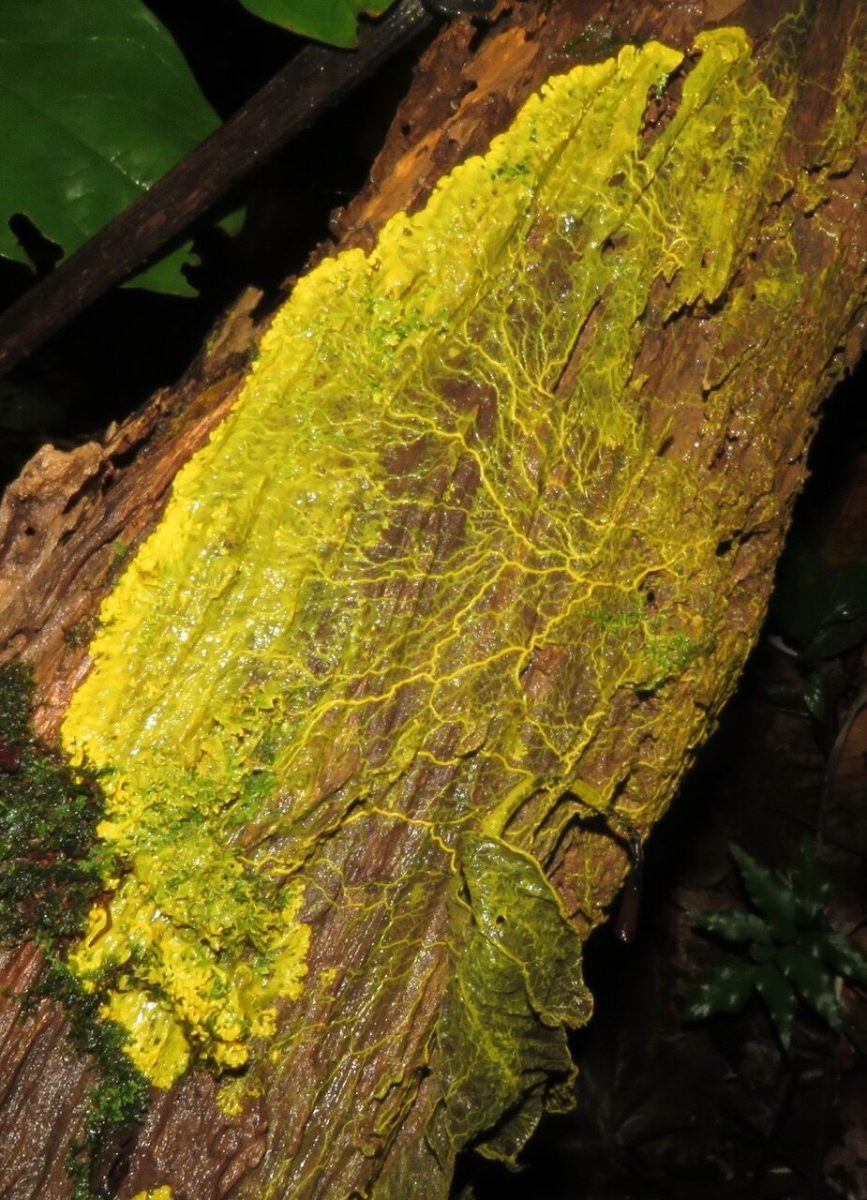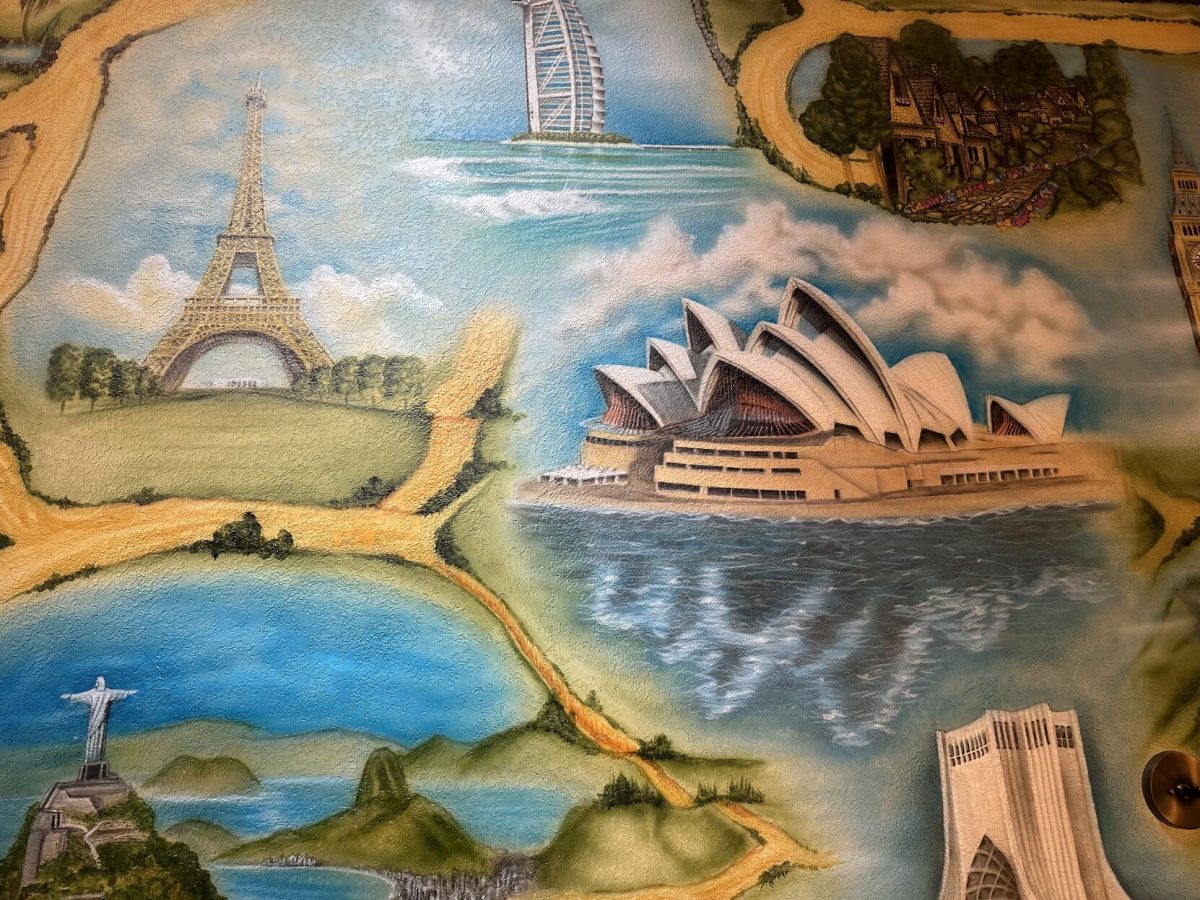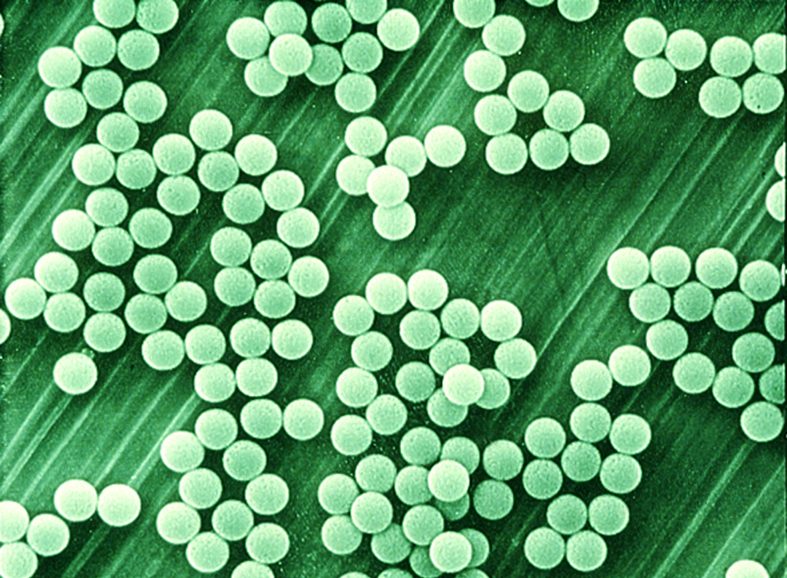Intelligence is defined as the capacity to learn, understand, and reason; it is usually attributed to humans. But, did you know there is a group of organisms, known as slime molds, that seem to exhibit intelligence? In fact, so much intelligence that Scientific American recently published an article describing these fascinating creatures.
In the future, humans could use slime molds’ decision-making do design railways for the shortest routes when traveling.
Slime molds are lumpy yellow gelatinous masses that looks like scrambled eggs. They can be found on rotten logs, trees, or rocks. One species, known as Physarum polycephalum (P. polycephalum),and nicknamed SpongeBob SquarePants, can solve puzzles when placed inside a maze, and can choose the healthiest food from a feast. Chris Reid of the University of Sydney said that slime molds “redefine[e] what you need to have to qualify as intelligent.” Reid says this because slime molds lack a brain and nervous system, which are typically critical for higher level thinking. While it does not have a brain P. polycephalum can engulf and digest bacteria, fungal spores, and other microbes. This slime mold often behaves as a colony of cooperating cells working and living together in search for food. P. polycephalum can also shape-shift depending on its environment. For example, when in forests, it will flatten into a large yellow glob or smear itself across a surface, and when in a Petri dish, it spreads itself thin across the agar.
Toshiyuki Nakagaki from Hokkaido University in Japan divided a P. polycephalum colony and scattered pieces of it throughout a plastic maze. The slime mold then started growing to find itself within the maze. Nakagaki also placed blocks of agar, which contained nutrients, at the start and end of the maze and then added P. polycephalum. After four hours, the slime mold grew and traveled from start to finish, taking the shortest path between the agars. In the future, humans could use slime molds’ decision-making to design railways for the shortest routes when traveling.
A slime mold’s physical appearance is very deceiving. They appear to be simple bundles of yellow mush, yet they seem to be able to learn, understand, and reason. Slime molds might not be able to think as complex as humans do, but they can make smart decisions for survival.















